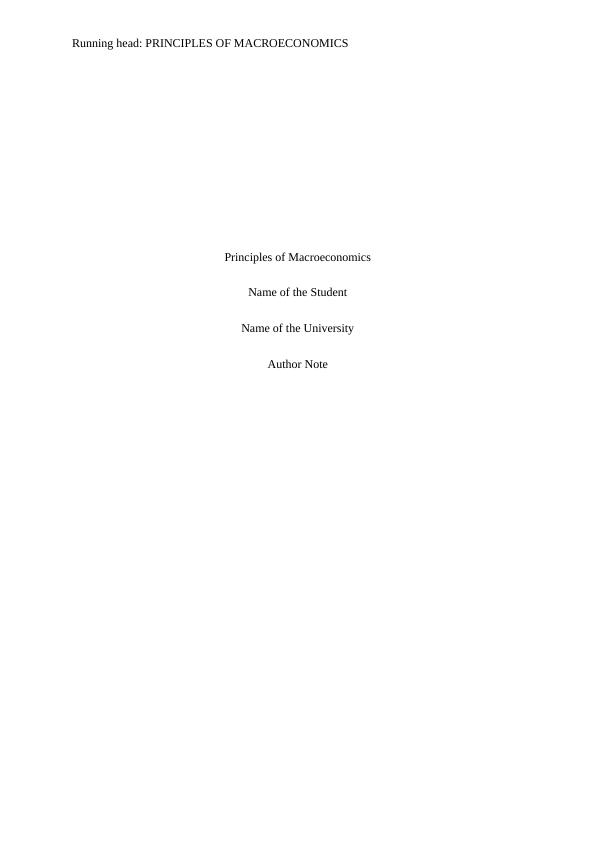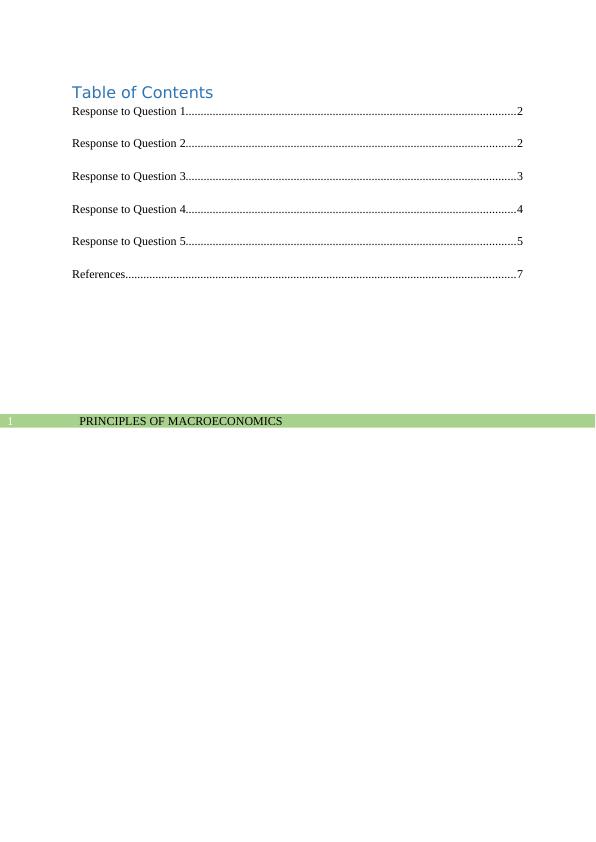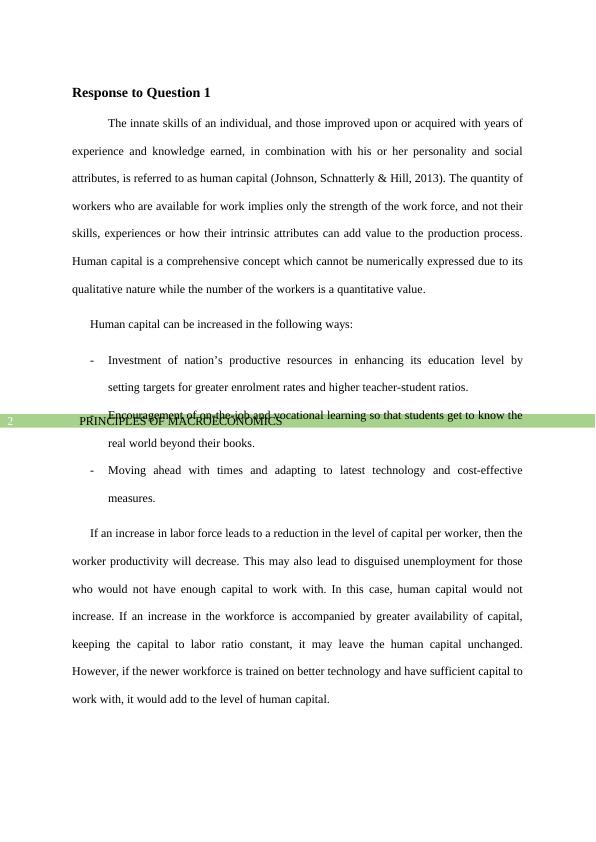Principles of Macroeconomics
Answering questions related to human capital, investment, economic growth, and the Solow model.
8 Pages1420 Words364 Views
Added on 2022-11-18
About This Document
This document covers the principles of macroeconomics including human capital, rule of 70, determinants of economic growth, capital accumulation, technological improvement, and resources. It also includes a production function diagram and references.
Principles of Macroeconomics
Answering questions related to human capital, investment, economic growth, and the Solow model.
Added on 2022-11-18
ShareRelated Documents
End of preview
Want to access all the pages? Upload your documents or become a member.
International Relation & Global Economy
|8
|1147
|23
ECO2543 - Theorie Macroeconomics
|12
|1771
|11
Circular Flow of Income in Economics
|15
|2364
|353
Public Savings in a Closed Economy
|6
|1358
|242
Finance for Business
|14
|2813
|52
Valuation Techniques in Financial Accounting
|19
|3907
|97



